Disclaimer: Please note that some of the links below are affiliate links. If you purchase an item, we may receive an affiliate commission at no extra cost to you. We only recommend products we know and love, and all opinions expressed here are our own.
When Mike and I (Steph) brought Django home, we instantly fell in love with him. He was adventurous, playful, mischievous, and absolutely adorable. Like most dachshunds, he was also notoriously hard to housebreak. Django had a ton of accidents throughout our Brooklyn apartment. Although they became fewer as he grew out of puppyhood, he still had regular accidents until he was 7-8 months old.
Potty training your puppy can be a daunting task if you have never done it before. That is why we sat down with Steffi Trott, the founder of SpiritDog Training in Cedar Crest, New Mexico, for potty training tips. In this DJANGO Dog Blog article, we also share some of our favorite potty training products that we used with Django and link to other current best sellers and customer favorites.
WHEN SHOULD YOU POTTY TRAIN YOUR PUPPY?
Puppies that are less than 3 months cannot hold their waste. Just like human babies, the instant they have to go, they’ve gone. Trott suggests that you start potty training your puppy when he is between 12 and 16 weeks old. At that point, he should have some control of his bladder and anal sphincter muscles. While most puppies are fully potty trained in 4 to 6 months, some can take up to a year.
Some factors that can influence potty training are:
- Breed and size. Smaller dog breeds are harder to housebreak. According to a 2017 study, they pee more than medium and large dogs. Smaller dog owners may also carry them outside instead of walking with them to the potty area. They may not learn how to let their family know that they have to go potty or even how to get to the bathroom.
- Environment. “Most puppies are pretty good at understanding that you do not potty where you sleep and eat,” Trott says. “That is actually something that they learn from their mother dog.” Puppies raised by backyard breeders or kept confined in their crates for long periods are not used to keeping them clean.
- Personality. Afghan hounds, bulldogs, dachshunds, and Jack Russell terriers are notoriously difficult to housebreak. They are highly intelligent, stubborn, and territorial. If you do not make a potty training schedule (see below), they will follow their own.
SIGNS YOUR PUPPY NEEDS TO GO TO THE BATHROOM
Puppies usually need to go potty 5 minutes after eating and 15 minutes after exercising. If you see any of these common signs, immediately leash your puppy and take him outside to relieve himself:
- Sudden changes in activity, behavior, or play
- Circling
- Whining
- Barking
- Pawing or scratching at the door
- Restlessness
- Returning to a previously soiled area inside
- Sniffing
- Licking his groin or rear
CRATE TRAINING
While you might not like the idea of keeping your puppy in a crate, it is the easiest way to potty train him. Dogs spend the first few weeks of their lives learning that a den is a safe, clean place to live. This makes it relatively easy to train your puppy to love his crate.
When Mike and I were potty training Django, we bought a MidWest Homes folding dog crate. To prevent accidents throughout our apartment, we kept Django in his crate throughout the night when we slept and for short periods of time during the day if we had to leave Django alone in the apartment (in addition to a potty training tactic, this was equally to ensure Django's safety while we were away). Although Django continued to have accidents in our apartment for several months, he quickly learned not to soil his crate. To this day, we have a crate in out home because Django loves it! We never close the crate door on him. Django simply loves having his own soft, cozy space to rest, hang out with a chew toy, and get away from his rambunctious toddler brother if need be.
Your puppy’s crate should be just large enough for him to stand up and turn around in. If he is still growing, block excess crate space so he cannot go at one end and sleep at the other (most crates come with dividers to accomplish just this). If your puppy starts whining or scratching, immediately take him to the bathroom. If you miss his potty signals, he will think it is okay to go inside his crate. Then he will have no problem leaving little “presents” around your home too.
PUPPY PADS AND PAPER TRAINING
Mike and I never used potty pads. We knew dachshunds were notoriously hard to housebreak and didn't want to encourage Django to go potty inside of the house. With that said, potty pads are great tools for certain dogs and situations. If you work full time away from home or the winters in your area are brutal, using puppy pads can set your puppy up for success. He will eventually learn to pee or poop directly on the pad and not on your carpet, duvet cover, or sofa.
Amazon has several disposable puppy training pad options, including these best-selling puppy pads by Glad. Reusable puppy pads are also an environmentally friendly option. To prevent reusable pads from smelling like urine, mix a tablespoon of vinegar in with your detergent and then wash them as normal.
The downside of potty pads? “I have clients who come to me because their 6-month-old puppy is still peeing inside on them,” Steffi Trott told us. They have become too used to them and do not want to go outside. To combat potty pad dependence: slowly move your puppy's potty pad toward the door. Every time you move it, make sure he watches. Once he uses the pad in its new spot, shower him with praise (or reward him with a treat if you are sure he is completely empty). Before you know it, he will willingly go outside and without the potty pad.
POTTY TRAINING PUPPY WITH A BELL
Training your puppy to ring a potty bell to go outside allows your little one to easily and clearly communicate when he needs to go to the bathroom. Dog bell training is convenient for both you and your dog and helps prevent accidents.
When Django was a puppy, Mike and I trained him to ring a bell whenever he needs to go outside. To this day, Django still rings a bell whenever he needs to go outside to pee or poop. If he really has to go poop, Django will aggressively ring the bell over and over until we run over to take him out.
We cover exactly how to bell train your puppy in this article: "How to Train Your Dog to Ring a Bell to Go Potty Outside."
POTTY TRAINING SCHEDULE
It is important to keep your puppy on a potty training schedule. For the first few days of your potty training program, Trott recommends taking him out “every 20 minutes or so.” It will reduce the likelihood of accidents and make sure he gets off to a good start, even if he is thrown off by his new environment.
Once you get past those first few days, you should take your puppy out (1) after eating/drinking, (2) after playing inside, (3) after spending time in his crate, (4) after waking up from a nap, or (5) before bedtime. He should be able to hold his bladder for one hour for every month of age. For example, a 5-month-old puppy can wait 5 hours to poop or pee.
Here is how often your puppy should go potty. Keep in mind that if he is having accidents on this schedule, you will want to take him out more often.
Potty Training Schedule
| Age | 6-12 weeks | 12-16 weeks | 4-5 months | 6-7 months | 12 months and older |
| Daytime | 1 hour | 2 hours | 3 hours | 4 hours | 5-7 hours |
| Nighttime | 3-4 hours | 4-8 hours | 8 hours | 8 hours | 8-12 hours |
POTTY TRAINING PROBLEMS
- “My puppy will not go potty in the same area of my yard.” Most puppies like having soft material for potty time. “If you have a gravel area, you can make it more appealing by adding artificial turf, mulch, or sand,” Trott says. Is your puppy terrified of unstable surfaces? Let him walk on a pillow, exercise ball, or pile of blankets inside your house first.
- “My puppy keeps having accidents in the same spot in my house.” Poop happens. And it happens a lot. It is a normal part of potty training but should be cleaned up with an enzyme cleanser within 30 seconds if possible. Most common household cleaners are made with ammonia, so they smell just like pee to your puppy. “However, if you use an enzyme cleaner, do not expect your puppy to never go there again,” Trott says.
- “I give my puppy a treat every time he goes outside, but he is still going inside the house.” High quality and healthy dog treats are valuable training tools. While they can strengthen your bond with your new puppy, they can be risky. He may get so excited and anxious to get a treat that he squats, dribbles pee, and says GIMME! Then he will go inside, realize he is not empty, and tinkle in the house.
- “Should I correct my puppy when he goes inside?” Because your puppy has a short-term memory of 20-30 seconds, you have to make sure you catch him having an accident by supervising, by spying, or by any means necessary. You should never drag your puppy over to a pile or puddle after the fact. That is because he links correction with what he is doing at the moment. “Clapping loudly, stomping your feet, or screaming his name will just make him hide to pee or poop in the future,” Trott says.
- “I gave my puppy free reign of the house. When I came home, there was a mess!” Use a dog gate or pin to create a designated puppy area. Mike and I bought two dog gates for my parents' house to prevent Django from having accidents upstairs or in the basement. Consider placing your puppy’s gate or pin in the kitchen, laundry room, or mudroom. If pee or poop soaks down into the padding underneath your carpet, you may have to replace it.
- “My puppy goes to the bathroom in the middle of the night!” It takes about 6 hours for food to pass through your puppy’s digestive system. “If you go to bed at 9 p.m. and feed your puppy at 8:45 p.m., he will probably go in his crate,” Trott says. “If you are struggling with your puppy, feed him an early supper at 3 p.m. and give him a few treats before bed.”
- “Why is my fully potty-trained puppy suddenly having accidents inside?” Your puppy may have diabetes, incontinence, kidney failure, or a urinary tract infection. Please visit your veterinarian as soon as possible.
DOES DIET AFFECT HOW OFTEN MY PUPPY GOES TO THE BATHROOM?
Because your puppy has an immature digestive system, he cannot handle a lot of food. Feed him three times a day until he is 6 months old. The type of food he eats will determine how often he needs to go potty.
- Dry dog food. Dry dog food will make your puppy poop 1.5 to 1.7 times more than fresh dog food, according to a 2020 study. It has a moisture content of between 10% and 12%.
- Fresh dog food. Fresh dog food could cause your dog to poop 66% less. According to the Journal of Translational Animal Science, it is 40% more digestible than dry dog food. Fresh dog food is also made with fruits and veggies that are more than 70% water.
- Wet dog food. The Pet Food Institute says that wet dog food contains 75%-78% water. Like a lot of processed, packaged human foods, wet dog food is also high in sodium. The AAFCO sets nutritional guidelines for minimum salt content in dog food, but it does not suggest a max value. Wet puppy food should have a sodium content of at least 0.03%. Because wet dog food is less than 25% solid mass, multiply its sodium content by 4 to get its actual value.
- Food allergies. A 2019 State of Pet Health Report from Banfield Pet Hospital says that 19 out of 100,000 dogs have food allergies. Chicken, beef, dairy, and eggs are the most commonly reported food allergies. They can cause skin conditions (e.g., hives, facial swelling, and itchiness) and gastrointestinal signs (i.e., vomiting and/or diarrhea). This can cause your puppy to lap up water and pee more often.
If you have any questions about housebreaking your puppy or want to share a potty training experience, please leave us a comment below. We would love to hear from you!

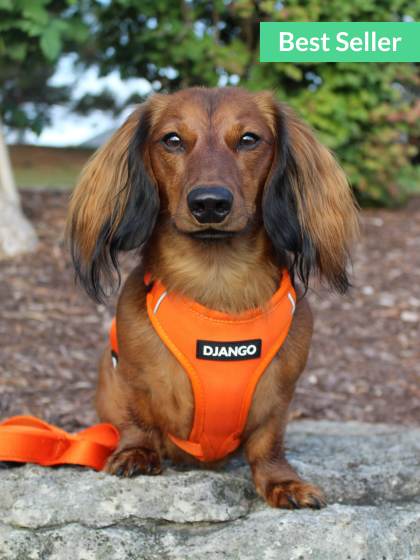
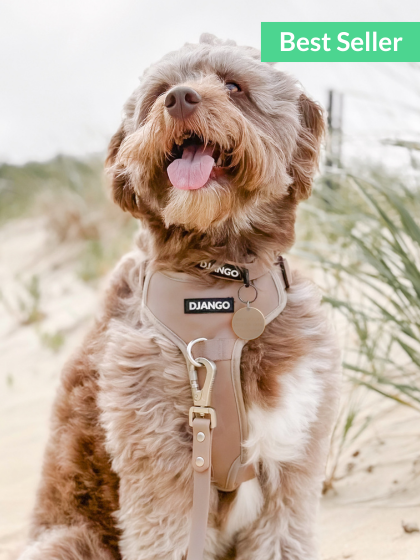
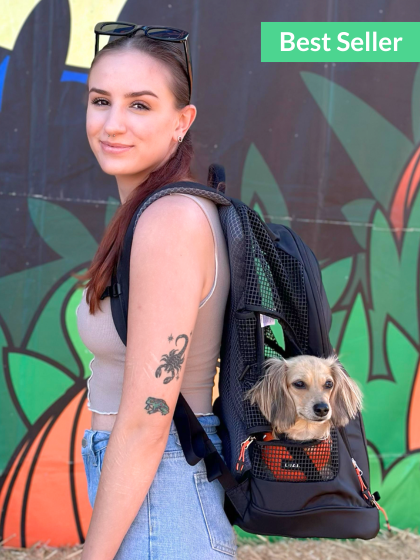
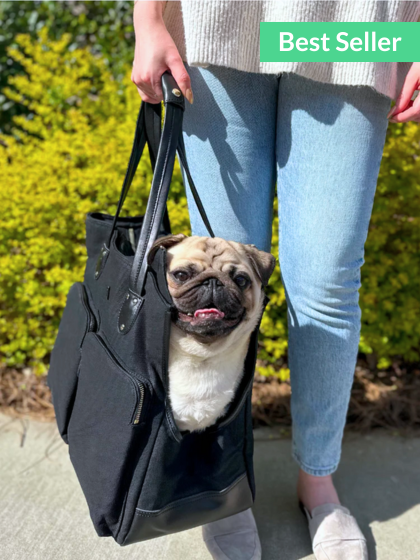
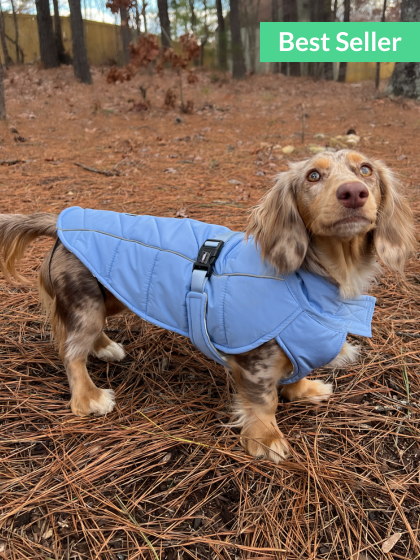
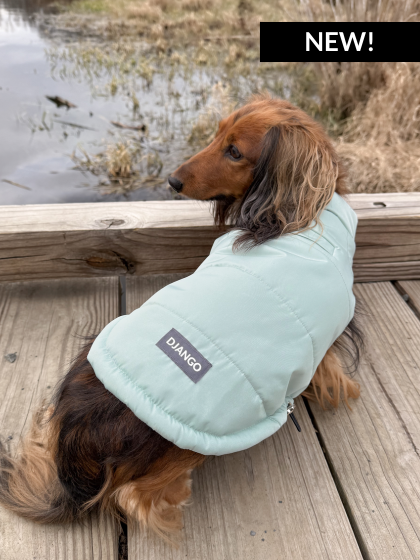
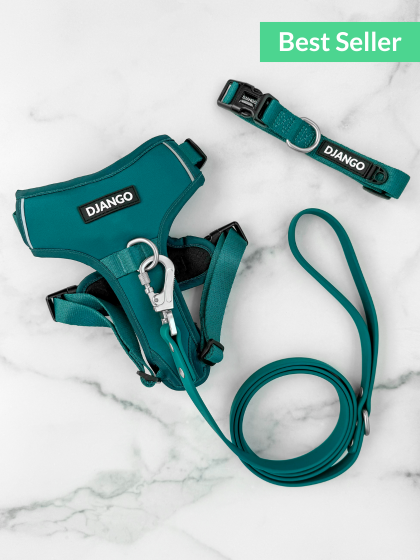
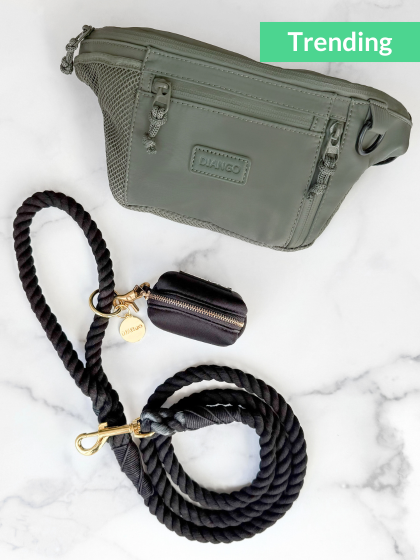
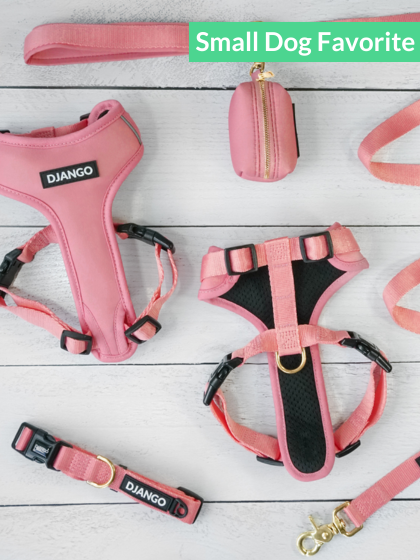
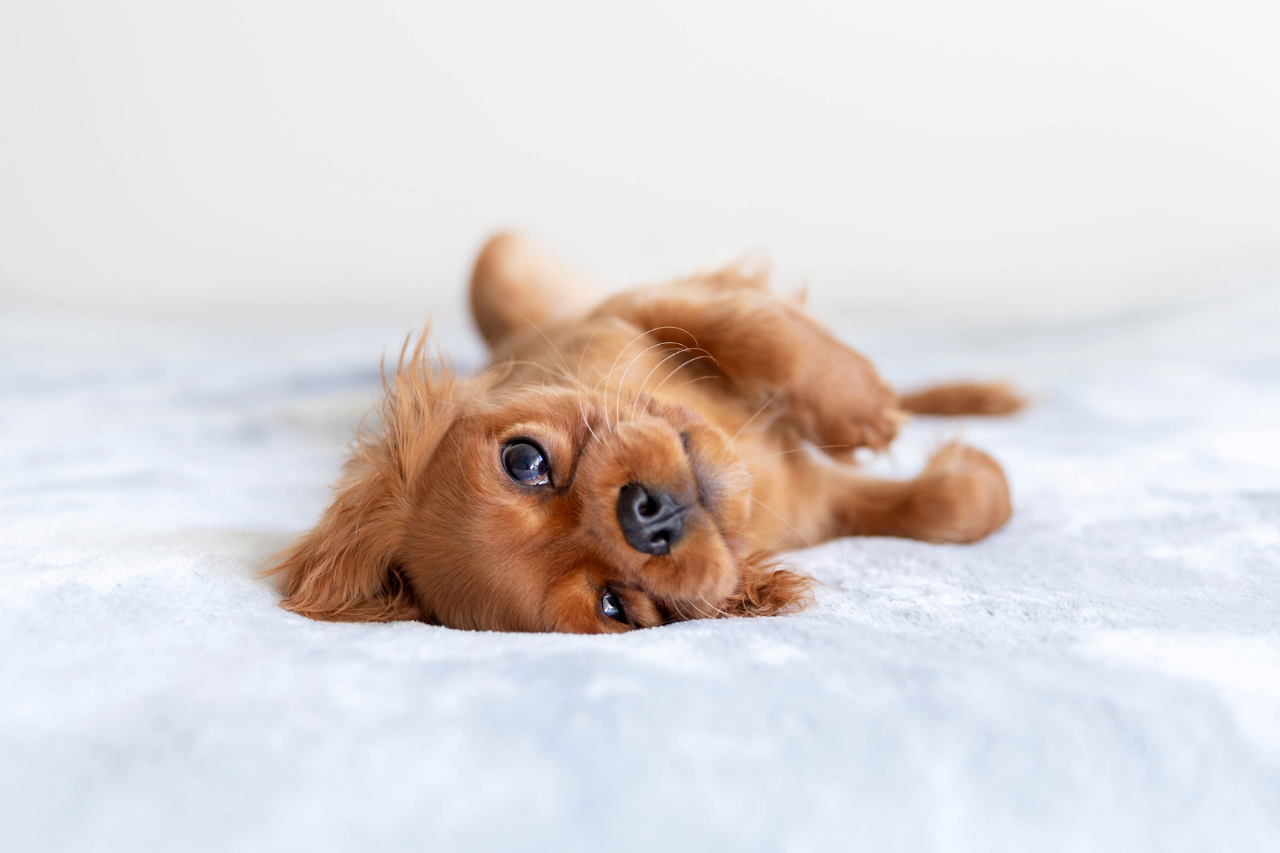
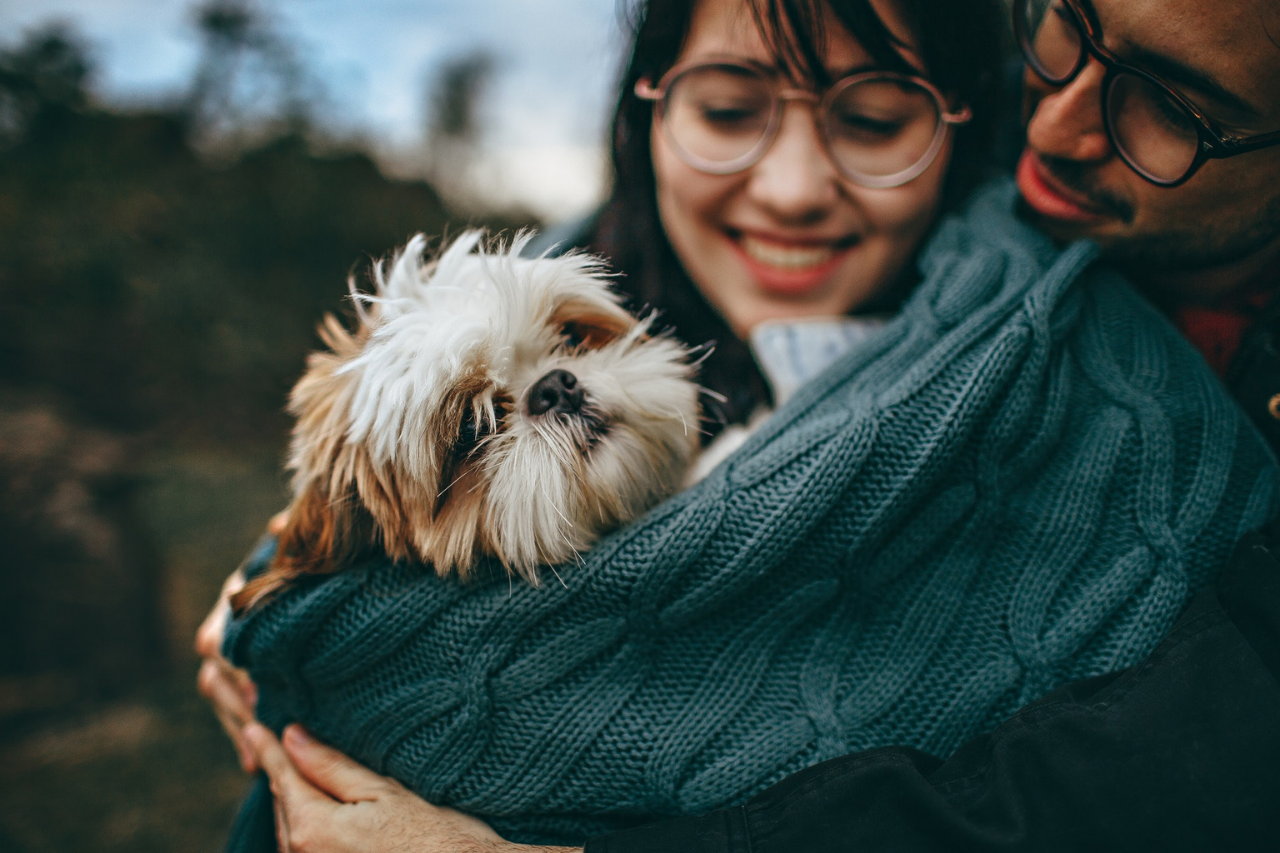
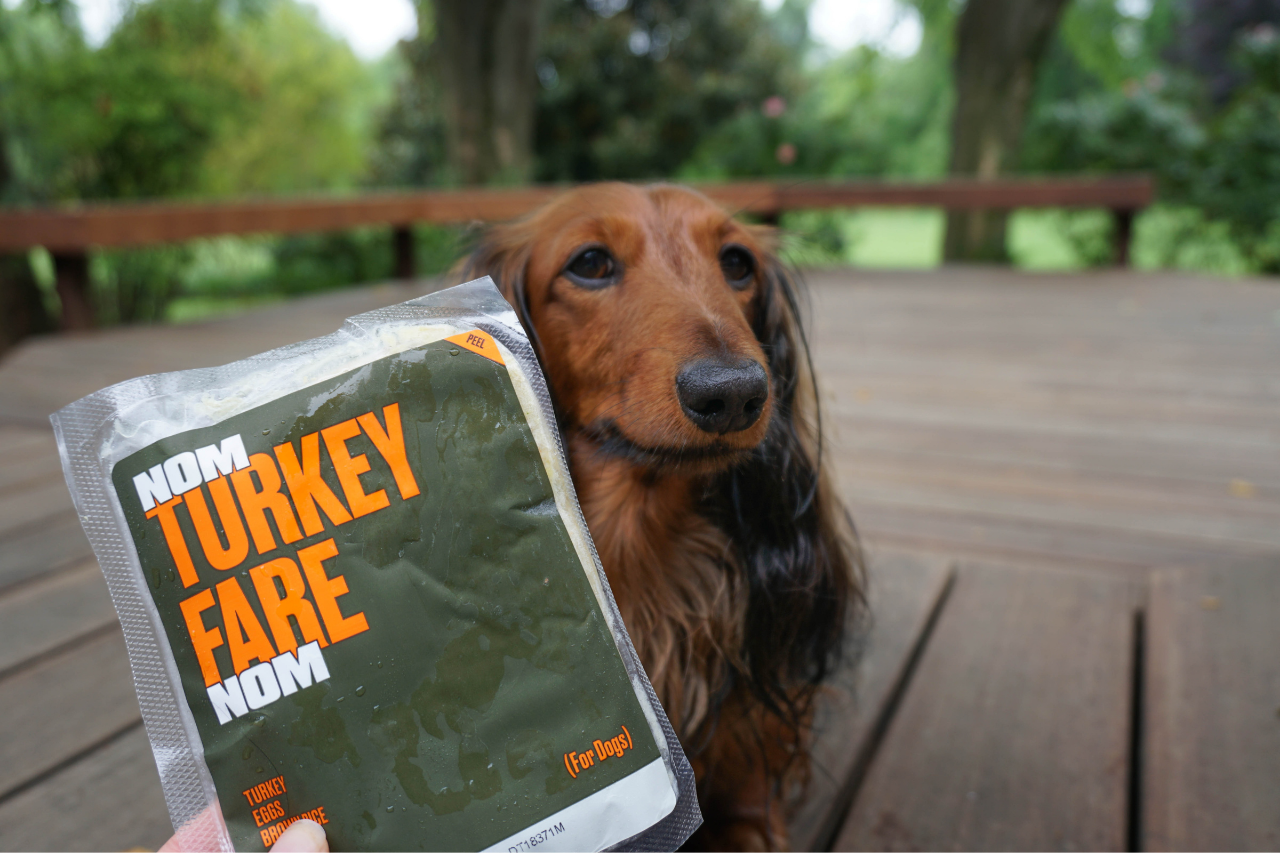

1 comment
Dog Care
I have a three year old son and just finished training him. I figured now is the best time to try to train my puppy. I didn’t realize it would be so much harder. Thanks for all the tips!
I have a three year old son and just finished training him. I figured now is the best time to try to train my puppy. I didn’t realize it would be so much harder. Thanks for all the tips!